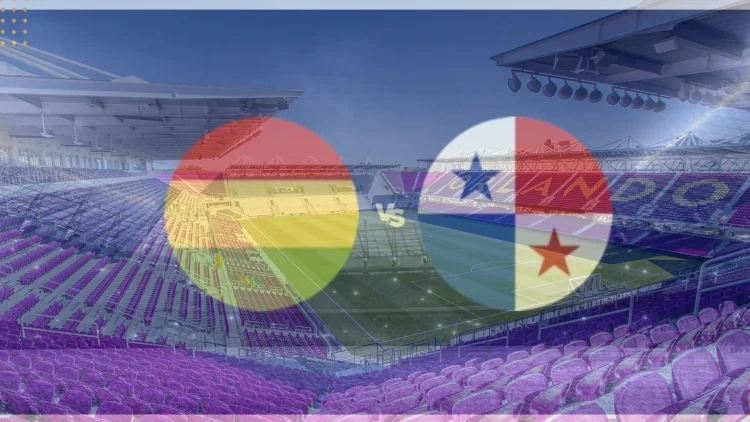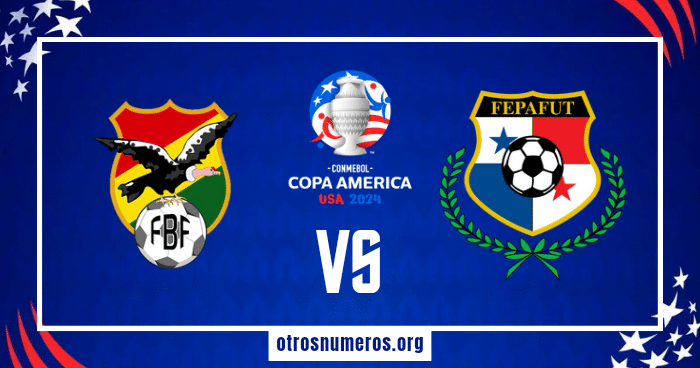Historical and Cultural Context

Panama and Bolivia are two South American countries with distinct historical and cultural backgrounds.
Panama, located at the crossroads of North and South America, has been a melting pot of cultures throughout its history. The indigenous peoples of Panama, the Emberá and Wounaan, have lived in the region for thousands of years. In the 16th century, the Spanish arrived and established a colony in Panama. The Spanish brought with them their language, religion, and culture, which had a profound impact on Panama’s development. Panama gained independence from Spain in 1821 and became part of the Republic of Gran Colombia. In 1903, Panama separated from Gran Colombia and became an independent republic.
Bolivia, located in the heart of South America, has a rich and diverse history. The indigenous peoples of Bolivia, the Aymara and Quechua, have lived in the region for thousands of years. In the 16th century, the Spanish arrived and established a colony in Bolivia. The Spanish brought with them their language, religion, and culture, which had a profound impact on Bolivia’s development. Bolivia gained independence from Spain in 1825 and became a republic. Bolivia has a long history of political instability and economic challenges.
Despite their different histories, Panama and Bolivia share some common cultural influences. Both countries are predominantly Spanish-speaking, and both have a strong Catholic tradition. Both countries also have a rich musical tradition, with Panama being known for its salsa and reggae music, and Bolivia being known for its Andean folk music.
Key Historical Events
Panama
* 1501: Vasco Núñez de Balboa discovers the Pacific Ocean.
* 1513: Panama City is founded.
* 1821: Panama gains independence from Spain.
* 1903: Panama separates from Gran Colombia and becomes an independent republic.
* 1914: The Panama Canal is opened.
Bolivia
* 1538: The Spanish arrive in Bolivia.
* 1545: Potosí is founded.
* 1809: The Chuquisaca Revolution begins.
* 1825: Bolivia gains independence from Spain.
* 1826: Sucre is founded.
Cultural Influences
Panama
* Indigenous cultures: Emberá, Wounaan
* Spanish culture: language, religion, architecture
* African culture: music, dance
* North American culture: consumerism, technology
Bolivia
* Indigenous cultures: Aymara, Quechua
* Spanish culture: language, religion, architecture
* Andean culture: music, dance, textiles
* European culture: art, literature
Economic and Social Development

Panama and Bolivia exhibit distinct economic and social landscapes. Panama, with a GDP of $63.3 billion, boasts a robust economy driven by its strategic location and global trade activities. In contrast, Bolivia, with a GDP of $40.4 billion, faces challenges in diversifying its economy beyond natural resources extraction.
Population and Poverty Rates
Panama’s population of 4.3 million enjoys a relatively high standard of living, with a poverty rate of 15.3%. Bolivia, with a population of 11.6 million, faces significant poverty, with 39.0% of its population living below the poverty line.
Factors Influencing Economic and Social Differences, Panama vs bolivia
Several factors have contributed to the economic and social disparities between Panama and Bolivia. Panama’s advantageous geographical position as a transcontinental trade hub has spurred its economic growth. Additionally, its political stability and investment-friendly policies have attracted foreign capital.
In contrast, Bolivia’s dependence on natural resources exports has hindered economic diversification. Political instability and a lack of infrastructure have further constrained its economic development. Social welfare programs in Panama, such as the Universal Basic Income, have played a significant role in reducing poverty, while Bolivia’s social safety net remains limited.
Political and Diplomatic Relations: Panama Vs Bolivia

Panama vs bolivia – Panama and Bolivia, two distinct nations in the Americas, share a cordial and respectful relationship built upon shared principles of democracy and international cooperation.
Panama, a Central American nation with a presidential system, maintains a robust foreign policy focused on fostering regional integration, promoting economic growth, and strengthening diplomatic ties with countries worldwide. Bolivia, a South American nation with a presidential system, prioritizes its foreign policy on promoting economic development, fostering regional cooperation, and addressing global challenges.
Diplomatic Interactions
Panama and Bolivia have established diplomatic relations since 1908. Over the years, they have maintained a consistent exchange of high-level visits, including presidential meetings, ministerial consultations, and parliamentary exchanges. These interactions have facilitated dialogue, enhanced understanding, and strengthened bilateral cooperation in various areas.
In the clash between Panama and Bolivia, the fervor of the crowd was palpable. Amidst the thunderous chants, one name echoed with a resonant fervor: Yariel Rodriguez. His lightning-fast reflexes and unwavering determination had ignited a spark of hope in the hearts of Panamanian fans.
As the match reached its climax, the intensity on the field mirrored the fierce battle between these two nations.
The battle between Panama and Bolivia raged on, each side determined to claim victory. But amidst the chaos, a glimmer of hope emerged in the form of Mackenzie Gore , a young prodigy whose pitching prowess had captivated the baseball world.
His pinpoint accuracy and devastating curveball inspired both sides, reminding them that even in the darkest of times, there was always a chance for redemption. As the conflict between Panama and Bolivia continued, the memory of Mackenzie Gore lingered, a symbol of resilience and the indomitable spirit that could overcome any obstacle.